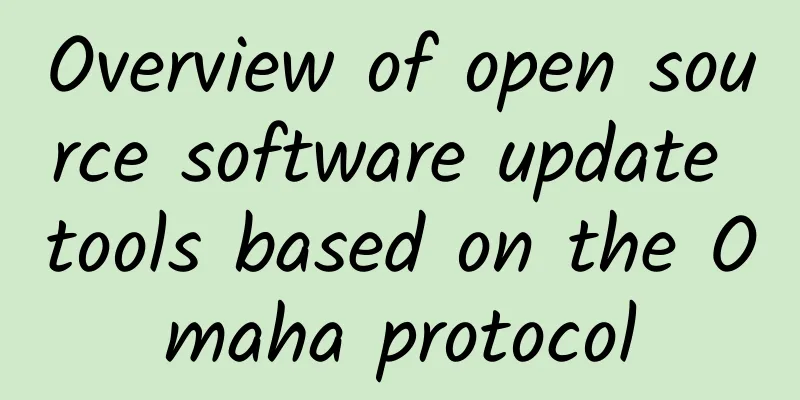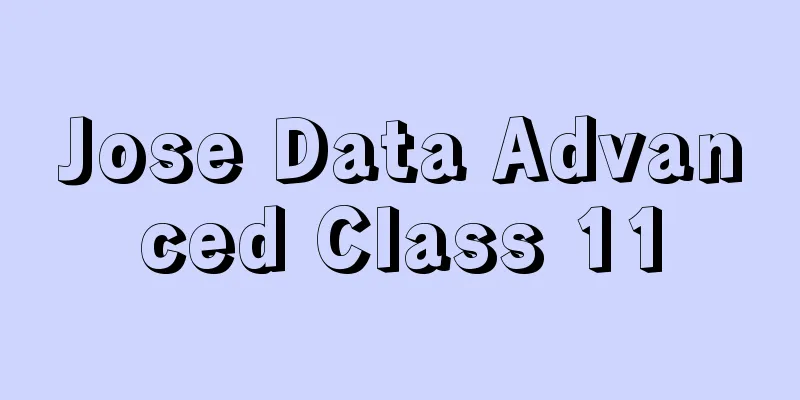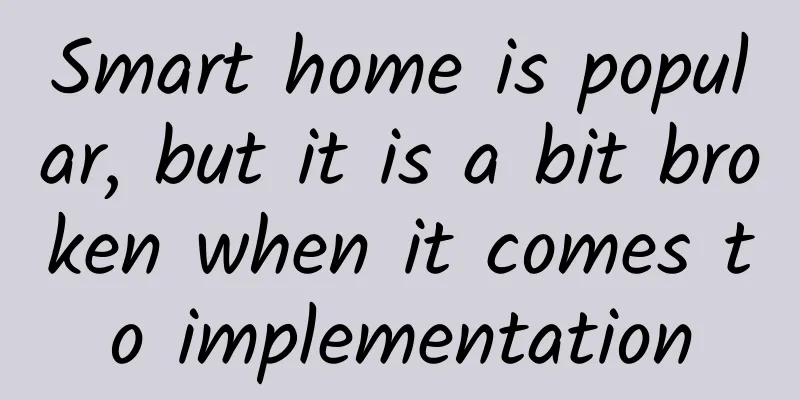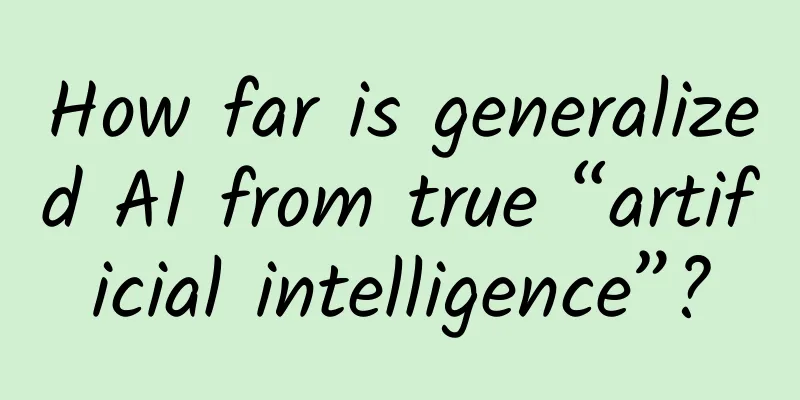Overview of open source software update tools based on the Omaha protocol

|
Once a piece of software is installed on a user's system, how do we keep it up to date? While Linux users often use package management systems to get the latest versions from selected repositories, users of other systems are often not so lucky. In view of this, we developed an open source tool to achieve this goal, which is based on the Omaha open source license from Google. A few years ago, Google released an open source protocol called Omaha (also known as Google Update) as part of its Chromium project, which aims to help users complete the complex desktop software update process in an easier way. At present, Omaha is mainly used in various Google products, such as Google Chrome or Google Earth. Its Google Update system mainly plays a role in the field of Windows software, aiming to realize the automatic update process; the Linux version of Google software still relies on the various package managers that come with the Linux distribution. The main advantage of Google Update is that the framework can be integrated into any software that needs to support automatic update functions, and has the ability to manage various new patches and updates from a single source (and collect error reports). Google has released a generic client that supports the Omaha protocol. The server implementation of the client has not yet been released, and users need to use a basic version with basic common command support to integrate Google Update into their own software. The company I work for wants to help develop a custom Chromium-based browser, so we developed and released an open source version of its server so that potential users of the Google Update system will have full access to the process and can integrate the solution with their own software very smoothly. In addition to the Omaha protocol, our implementation includes support for Sparkle, a popular update framework for Mac OS X software. We also integrate our implementation with an administrator panel to simplify version management, alpha and beta upgrades, and bug reporting tools. We have been paying close attention to its deployment process and helping users set up a production or development environment with simple commands. In the end, we chose the open Docker platform, which not only makes the distribution process more flexible, but also allows users to run the image in an isolated environment on any given server. You can easily deploy it in any cloud environment. To share the Omaha server with more people, we have developed a demo solution (click here) that includes more details, complete documentation, and examples shared through GitHub, and we are accepting project contributions from enthusiastic participants. For this client, we forked Google's implementation to maintain compatibility with modern versions of Visual Studio and improve the user experience while integrating the process. However, according to Chromium's mass notification email, the Google client is still under development, so the system results are only applicable to internal environments, which means that the company will not release *** patches in the next few years. The current client version does not support some protocol functions, such as CodeRed (allowing users to restore the original version after a failed installation). The client version is also hosted in an independent library in GitHub, and all source code is released under the Apache 2.0 license. We hope that our solution can simplify the daily work experience of open source enthusiasts and corporate customers, help everyone build their own infrastructure on Chromium OS or Chrmium browser, and bring a server/client solution chain suitable for production environments. In addition, you can also regard this system as an efficient update solution suitable for projects with more complex update processes. |
<<: Design idea: open source offline map application on Android platform
>>: Touch Technology helps the completion of the "Xiamen Game Innovation Center Project"
Recommend
After 23 years of water conservation, a "Tianshan Lake" has been created here!
The beautiful Tianshan Mountains nourish all thin...
Solution to iOS 14.5 UDP broadcast Sendto returns -1
[[400268]] This article is reprinted from the WeC...
How do information flow ads dominate HeroAPPs such as Toutiao and Weibo?
Information flow advertising first appeared on th...
Subaru expands recall of 4 models due to Takata airbag issue
Recently, Subaru Automobile (China) Co., Ltd. fil...
"Air-to-Air Power-On" Race: China's Aviation Industry Enters the Era of Air-to-Air Internet Access
The first portable electronic device (PED) open f...
Detailed explanation of the underlying implementation and principle of LinkedList data structure
[[420549]] Preface In daily development, collecti...
A good show, why does the space cooperation between Russia, the United States and Europe keep breaking up and getting together?
Some time ago, the United States and Europe cance...
Want to avoid immune "surveillance"? No way! Zhejiang University's latest research published in Nature
Lactic acid plays an important role in human heal...
Analysis of Tencent Advertising’s direct e-commerce campaign in August!
With the standardization of direct-operated e-com...
How to analyze and evaluate the value of KOL investment?
Social network analysis (SNA) is a methodological...
Liu Heng's "Passing Yin Yang Golden Lock Jade Gate Feng Shui Internal Course"
Liu Heng's "Passing Yin Yang Golden Lock...
[Daiyu Finance] Yan Fan Tactics Yan Style Tactics First Style Tutorial - Heaven and Earth are missing and holding a golden baby
[Daiyu Finance] Yan Fan Tactics Yan Style Tactics...
Valuation Modeling Skills Enhancement Course (Fifth Edition)
Resource introduction of Valuation Modeling Skill...
Summary of APP promotion channels: application stores, self-media channels, etc.
Since I started working in promotion, the two que...
What are some good methods to promote mini programs? What are the ways to promote mini programs?
1. Use WeChat search portal to grab ranking by mi...









